- Product
- Solution for
For Your Industry
- Plans & Pricing
- Company
- Resources
For Your Industry
As we enter Q4 of 2025, retailers across Europe are already preparing for the pricing strategies and innovations that will shape the year ahead. Consumer expectations, competitive pressures, and technological advancements are driving a fundamental transformation in how prices are set, monitored, and adjusted.
The future of retail pricing in Europe will be defined by data-driven automation, personalized experiences, sustainability-driven choices, and regulatory influences.
In this article, we’ll explore the key 2026 pricing trends in the European retail sector, the role of technology in driving innovation, and how businesses can adapt to stay competitive in the coming year.
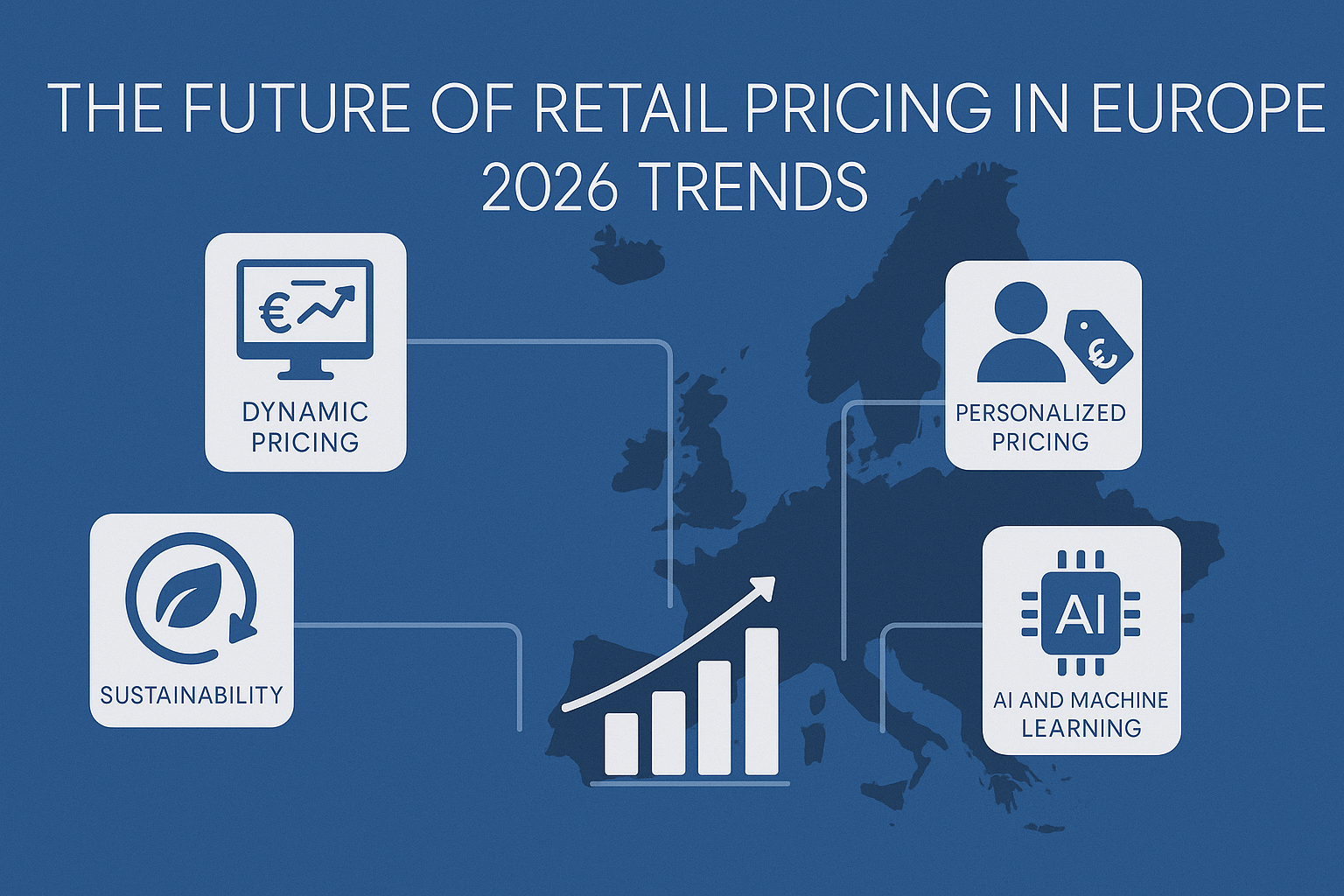
One of the biggest shifts in European retail has been the widespread adoption of dynamic pricing. This approach allows retailers to adjust prices in real-time based on factors like competitor activity, consumer demand, inventory levels, and market conditions.
Consumers are more price-sensitive and research-driven than ever.
Retailers who react faster to competitor moves gain a clear advantage.
Real-time adjustments help optimize margins and prevent overstocking or understocking.
In 2025, a leading European fashion retailer implemented AI-driven dynamic pricing across its online store. During peak holiday shopping, the system automatically adjusted prices multiple times a day, resulting in a 12% increase in sales while maintaining profitability.
2026 Outlook: By the end of 2026, more than 70% of European retailers are expected to operate with some form of real-time pricing automation.
The future of retail pricing in Europe is not just about reacting to the market — it’s about tailoring prices to individual customers. Personalized pricing strategies are now a powerful way to build loyalty and maximize customer lifetime value.
Advances in AI and machine learning for behavioral analysis.
Growing use of loyalty programs and digital wallets.
Data-rich customer profiles enabling precise segmentation.
A European grocery chain expanded personalized discounts in 2025, offering promotions based on purchase history. By 2026, such approaches will evolve into fully predictive personalization, anticipating customer needs before they arise.
2026 Outlook: Expect widespread adoption of hyper-personalized promotions, loyalty-based pricing, and subscription-based incentives across Europe.
European consumers are increasingly prioritizing sustainability in their purchasing decisions. This shift is reshaping how products are priced, with eco-friendly goods commanding a premium.
Premium pricing strategies for sustainable alternatives.
Carbon transparency labels influencing willingness to pay.
Discounts and incentives for eco-friendly packaging or delivery choices.
In Germany, a major electronics retailer introduced a “green pricing label” in 2025. By 2026, these labels are expected to become common across multiple industries, making sustainability a central factor in pricing strategies.
2026 Outlook: Sustainability will be fully embedded into pricing, with eco-based pricing models becoming a standard expectation across Europe.
European regulators continue to tighten rules on fair pricing practices and consumer protection. Stricter regulations around transparency, dynamic pricing, and personalized offers will shape strategies in 2026.
Balancing profitability with fairness.
Building consumer trust in dynamic and personalized pricing.
Adapting to evolving EU directives on digital markets.
In 2025, EU guidelines mandated transparency in personalized pricing. By 2026, these rules are expanding to cover dynamic marketplace pricing, requiring greater disclosure and customer safeguards.
2026 Outlook: Compliance will become a competitive differentiator, as retailers balancing profitability with fairness will earn long-term customer loyalty.
The future of retail pricing is inseparable from AI and automation. Automated competitor tracking tools provide real-time visibility into market changes, enabling fast and accurate pricing decisions.
Balancing profitability with fairness.
Building consumer trust in dynamic and personalized pricing.
Adapting to evolving EU directives on digital markets.
A French electronics retailer leveraged automated competitor tracking in 2025 to monitor Amazon pricing. In 2026, such systems will evolve further, integrating predictive competitor intelligence to anticipate price shifts before they happen.
2026 Outlook: AI-driven competitor tracking and predictive analytics will become standard practice in Europe’s retail pricing ecosystem.
With customers shopping seamlessly across online, mobile, and in-store platforms, omnichannel pricing consistency is no longer optional. Retailers must align pricing across all channels while strategically differentiating promotions.
Avoiding price discrepancies that damage trust.
Leveraging channel-specific offers without undermining consistency.
Using unified systems to synchronize price updates.
A UK retailer introduced integrated omnichannel pricing in 2025. By 2026, omnichannel consistency will be considered a baseline expectation across Europe.
2026 Outlook: Omnichannel consistency will separate leaders from laggards, with customer trust hinging on pricing alignment.
The most advanced stage of pricing evolution lies in predictive and prescriptive pricing models. These systems allow retailers not only to react but to forecast and recommend pricing strategies proactively.
By the end of 2026, predictive and prescriptive pricing will be central to leading retailers’ strategies, helping them stay ahead of fast-changing market dynamics.
As we look toward 2026, the future of retail pricing in Europe will be defined by real-time adaptability, personalization, sustainability, compliance, and predictive intelligence. AI, automation, and data-driven insights will underpin every successful pricing strategy.
Retailers who fail to evolve will continue to lose ground, while those who embrace innovation will thrive in a market where consumers demand transparency, fairness, and value.
Ready to future-proof your pricing strategy for 2026? tgndata’s automated competitor tracking and pricing intelligence tools help European retailers stay ahead in a rapidly evolving market.
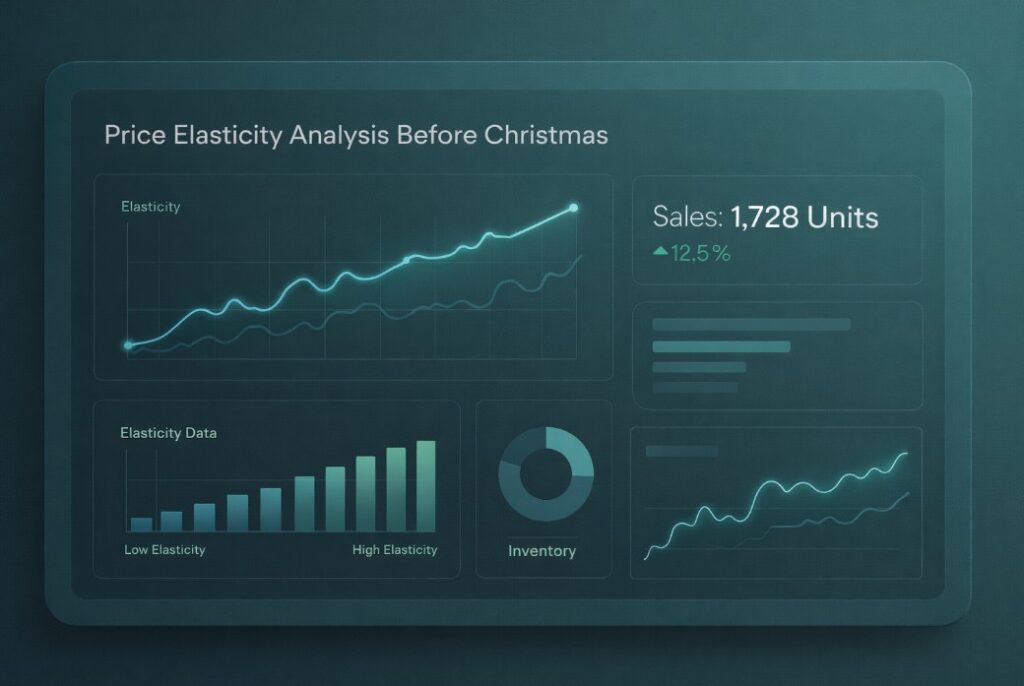
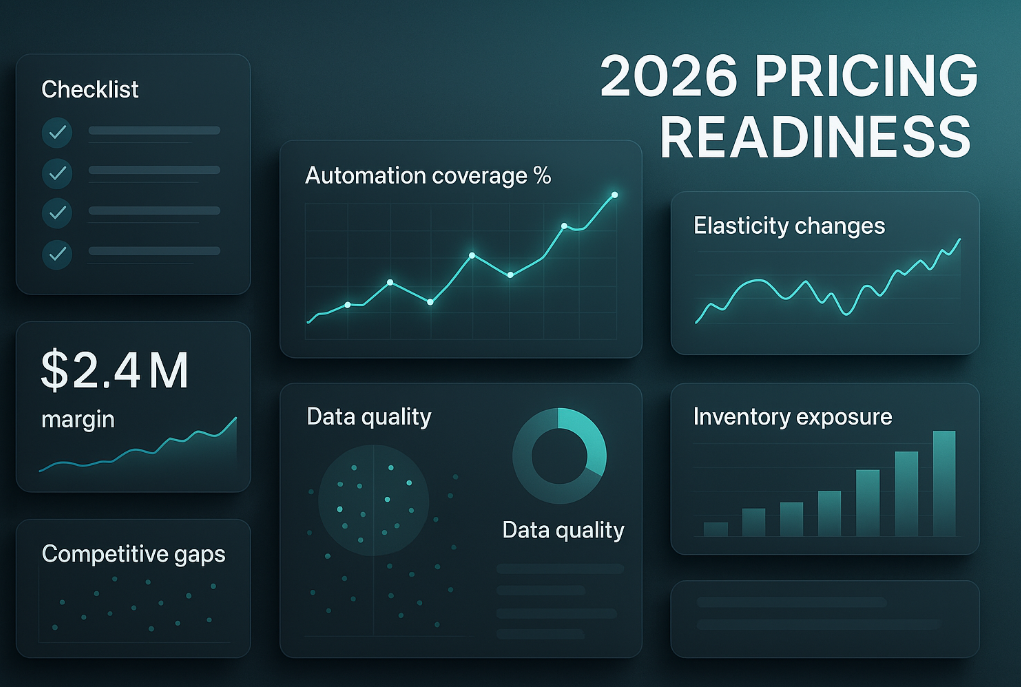
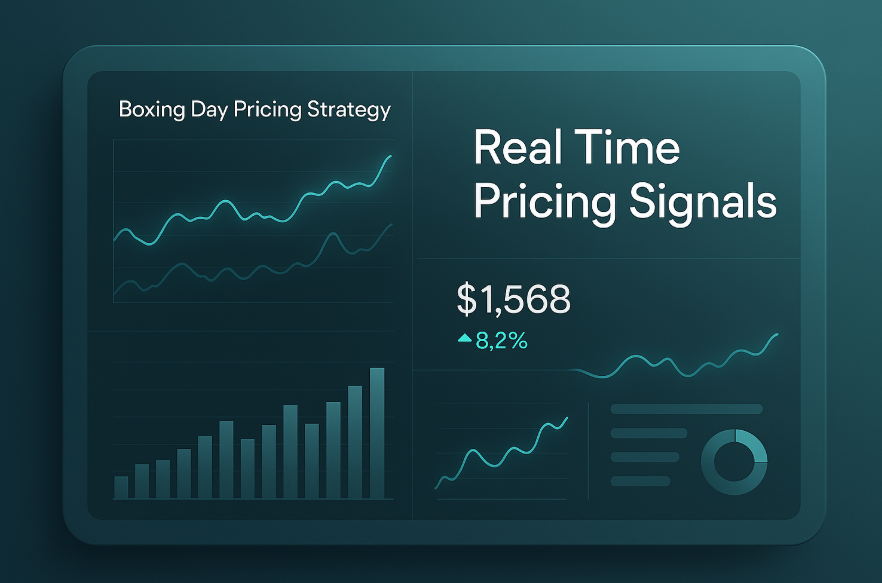
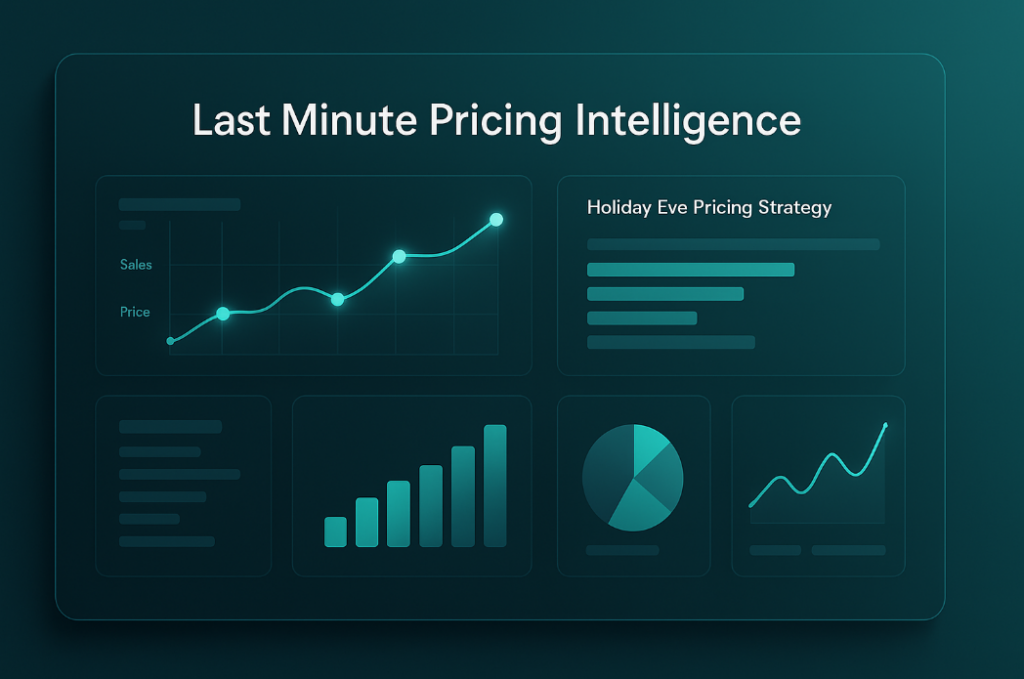

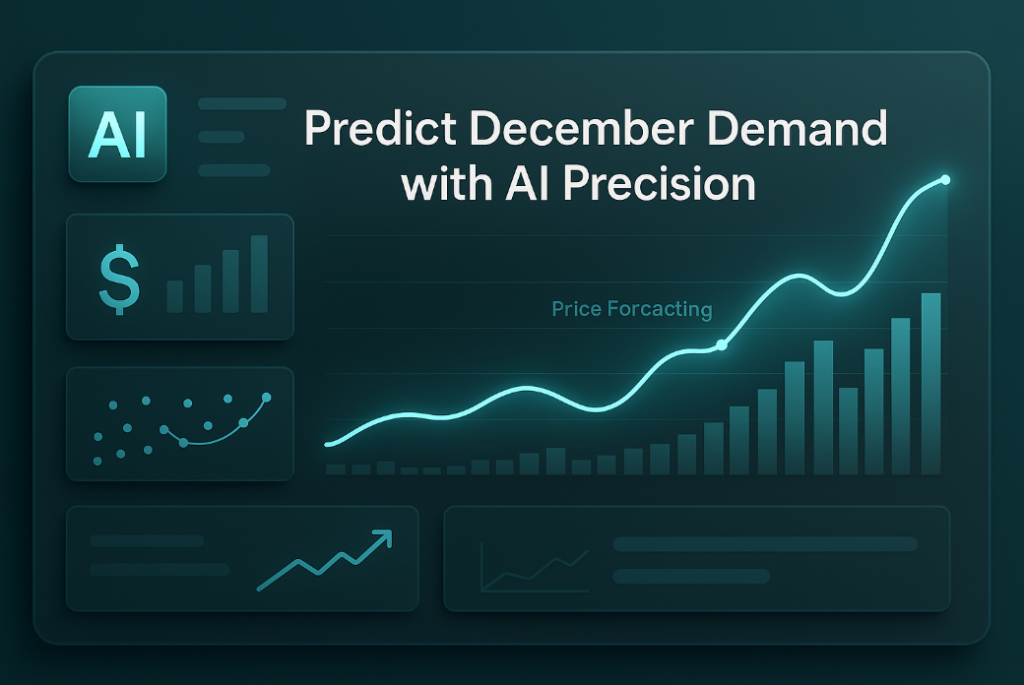
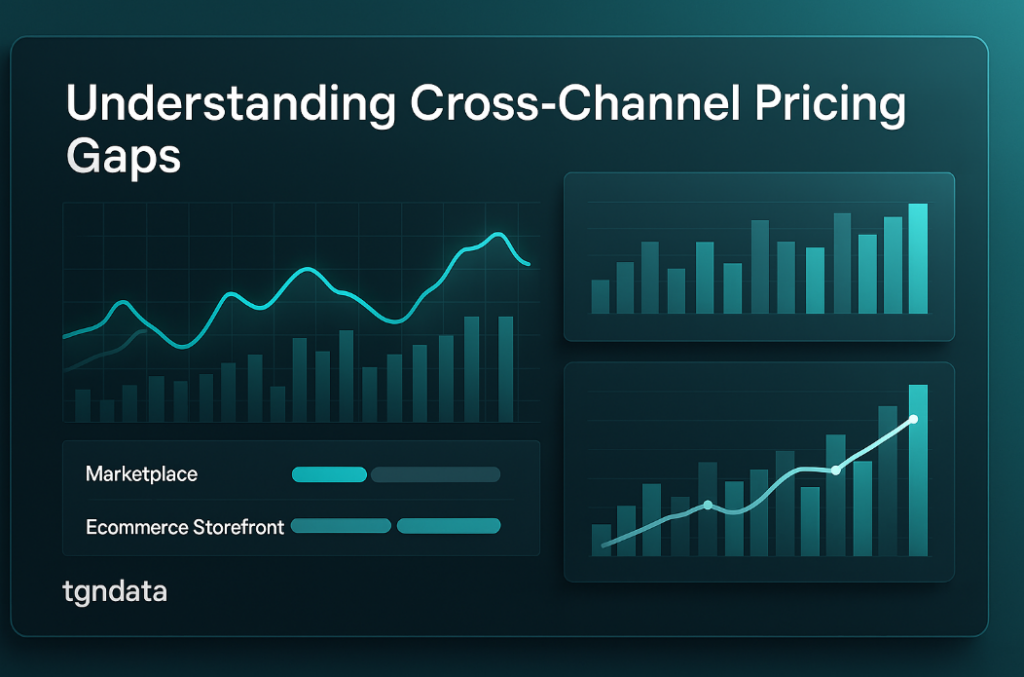






Missing an important marketplace?
Send us your request to add it!